The Rollei Prego 70 came to me in a box of Olympus cameras. With its aluminum chassis that’s the size of a mju-ii, it stands out from the Trip-branded black plastic affairs. I spent a few weeks with it slipped in my pocket. It troubles me, this camera; each time I shoot a roll, I find a weakness and a strength, and I tell myself to shoot another in order to fairly test its potential. The process ultimately endeared me to the Prego, if just through familiarity.
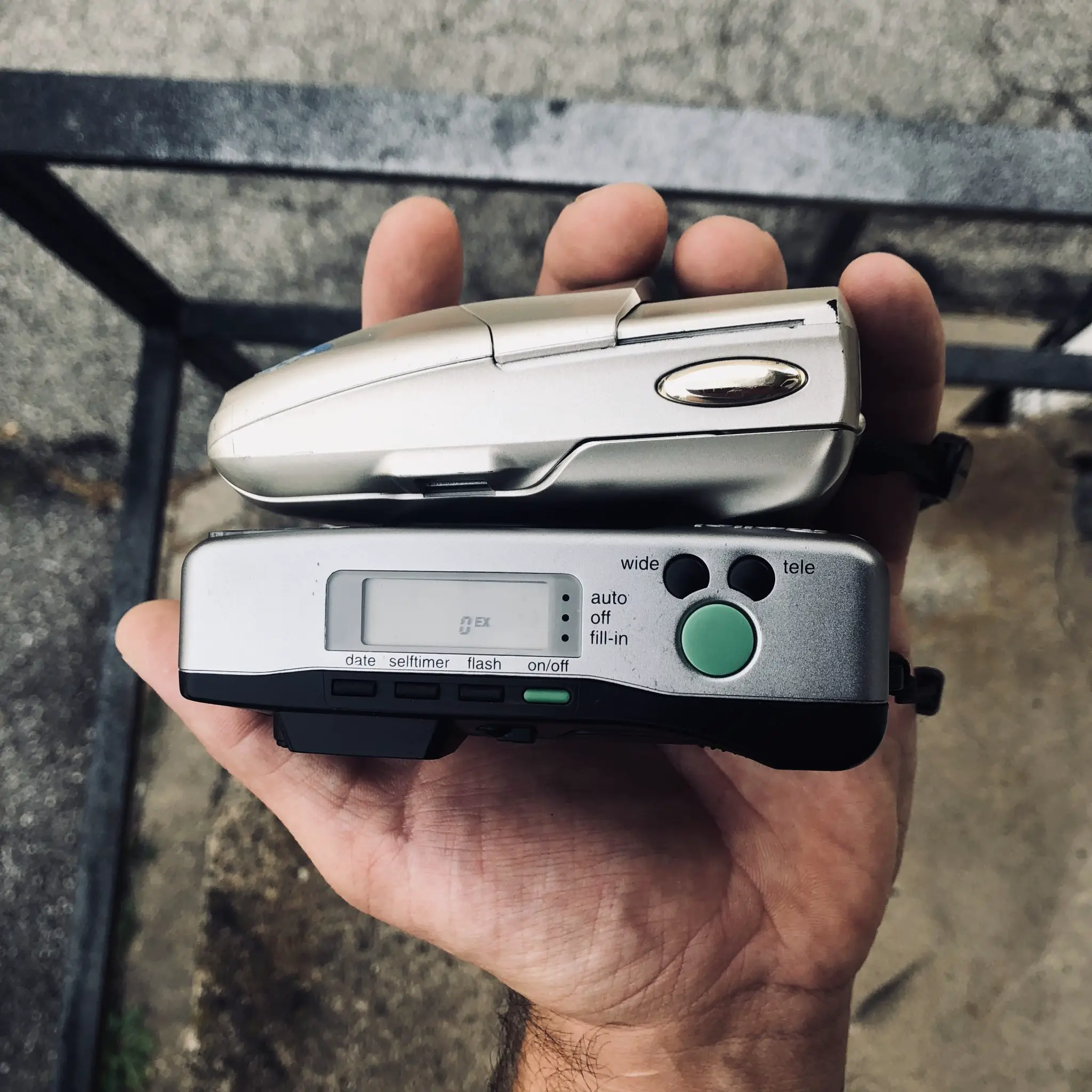
You can discard your goodwill toward the Rollei name when it comes to the Prego cameras, as they’re all rebrands of Samsung, Fujifilm, and Ricoh cameras. The Rollei Prego 70 is the Samsung Evoca 70S with a new body and – we’re supposed to believe – a German-made Vario Apogon lens. Does it matter if it has the same lens as the Samsung? In this article, the author is hard-pressed to distinguish the Ricoh R1’s lens from the Rollei Prego Micron’s. I suppose I won’t assume either way – no use in lens-shaming a point and shoot. “Vario” is simply a style of zoom engineering that positions optic elements differently, while “Apogon” is itself a rebranding of “Schneider” lens designs that came about due to licensing issues. Where’s the truth? I don’t care. I don’t think the lens is German.

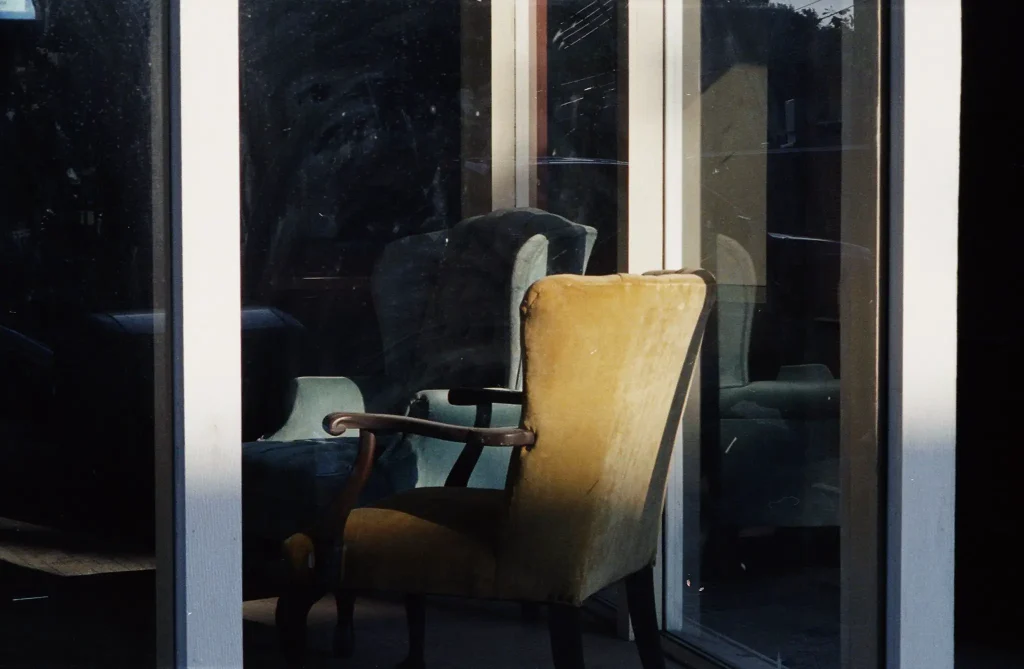
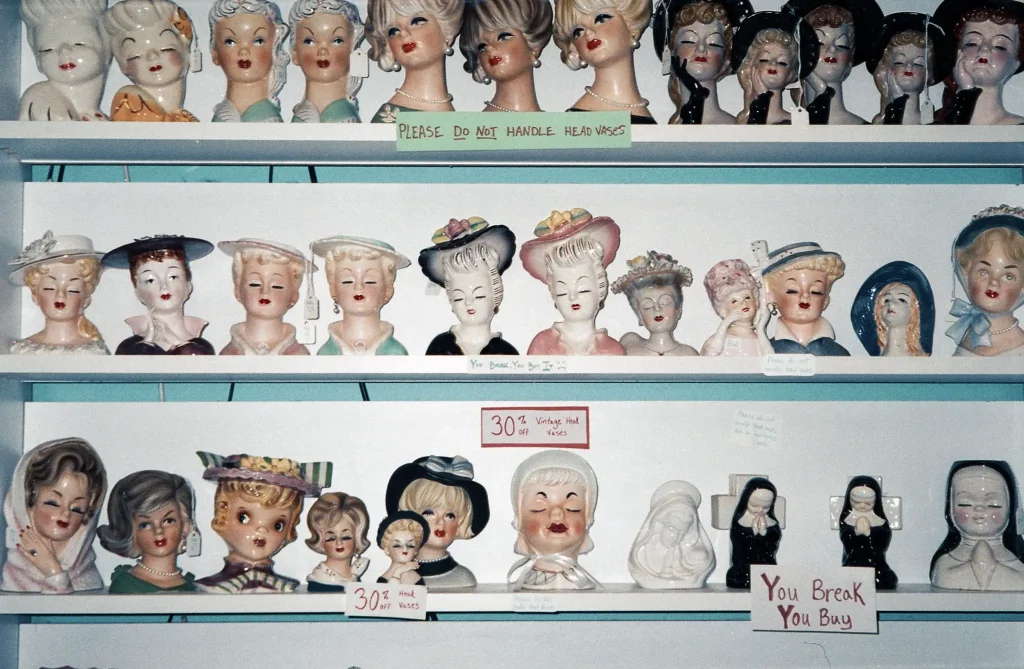
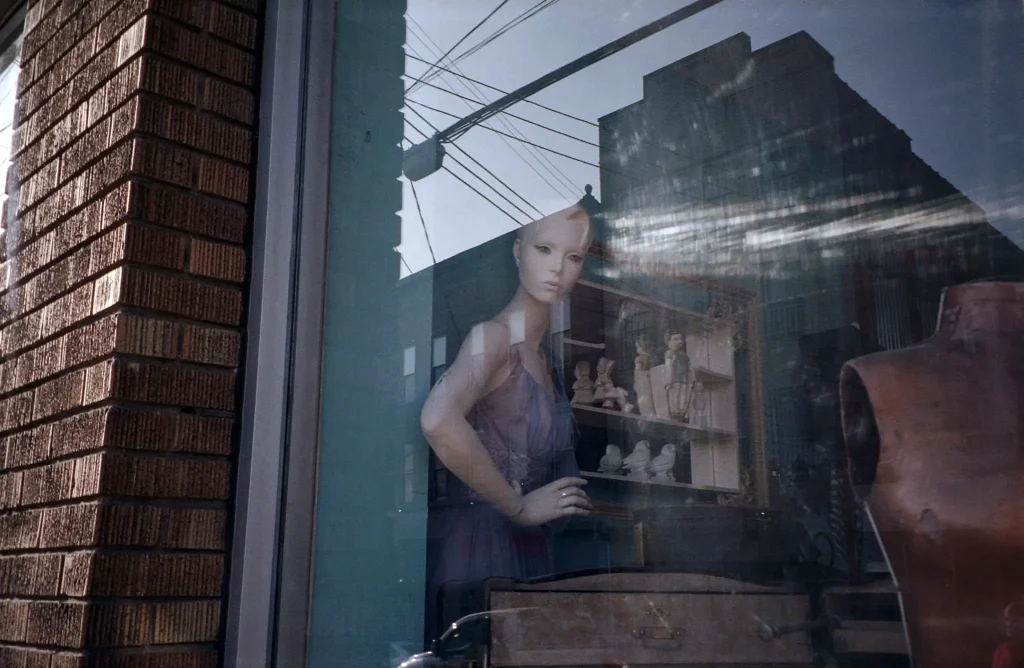
I can say that, unlike companies such as Bell & Howell and Vivitar, Rollei had the decency to rebrand some worthy cameras. And the rebranding is everywhere: big “Rollei” on the front, on the film door and on the lens of the Rollei Prego 70. There is also a “Rollei Fototechnic Germany” imprint on the bottom, a “Made in China” sticker blushing an inch away. Where’s the truth? I don’t care. I still don’t think the lens is German…
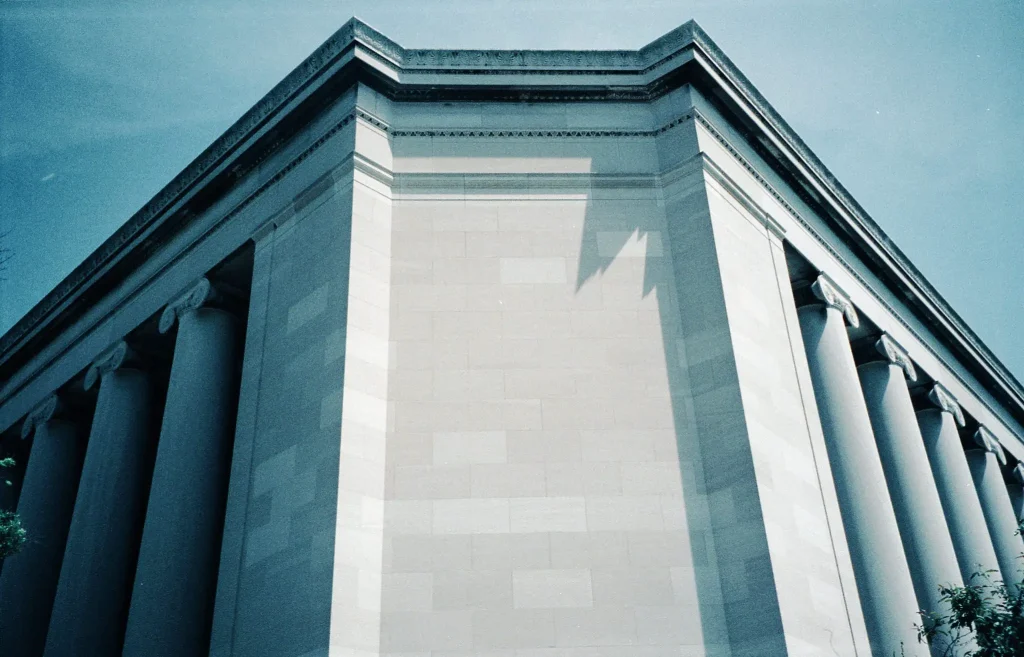

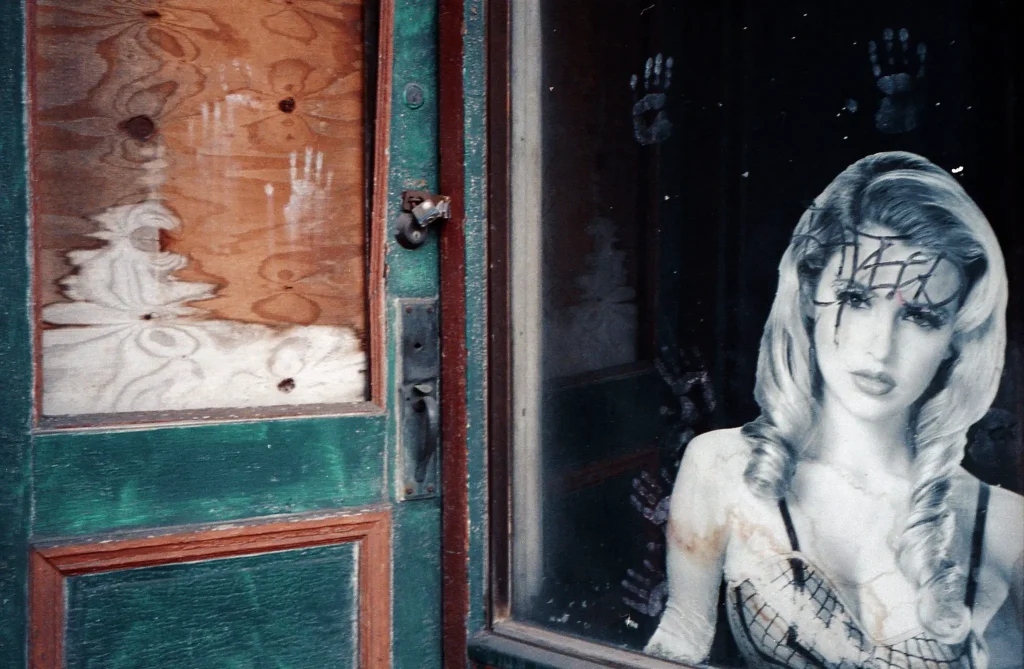
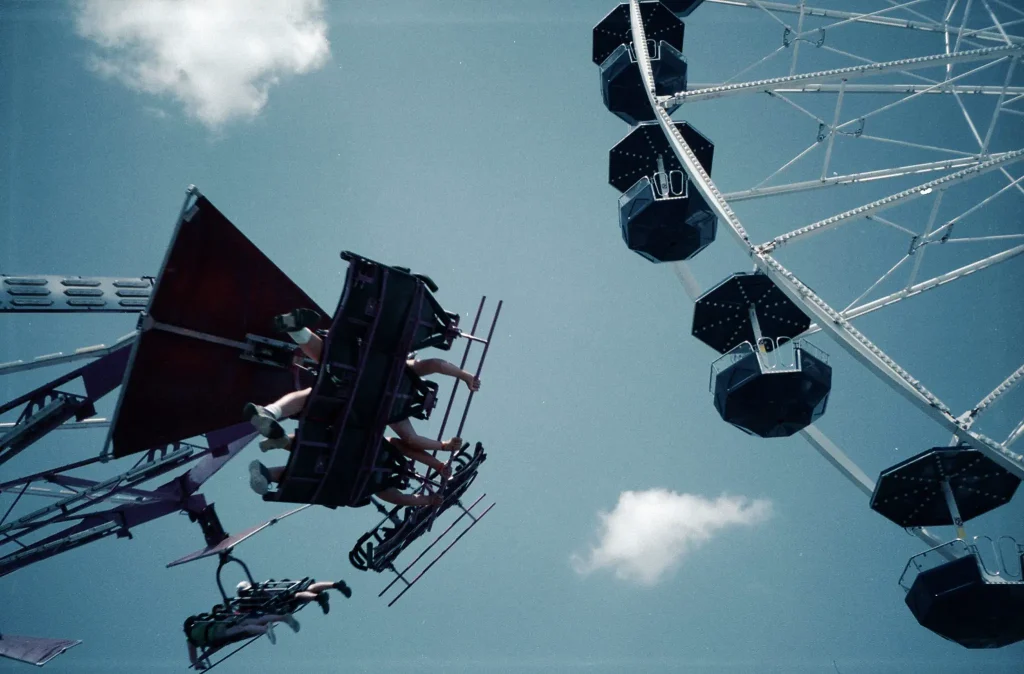
…And if it is, that makes the Rollei Prego 70 a German lens, on a Japanese camera, manufactured in China, and dubbed in idiomatic Italian. It’s like they heard someone describe a Godard film and thought, Yes, that, but a camera.


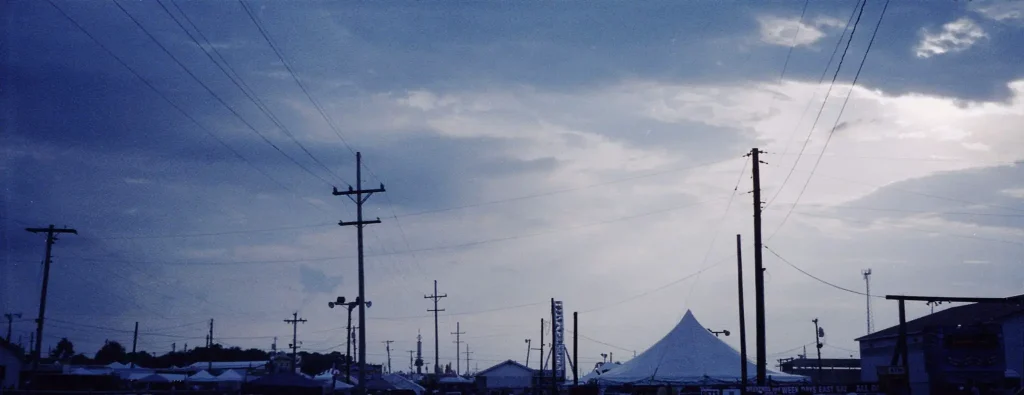
Anyhow, the Prego 70 was with me for some time, and I know it well. Despite my disquiet over the practice of brand licensing, my grievances are few. First, the shutter button: too smooth for a finger’s glide or glance. It’s not the first thing you feel, as the annoying Mickey Mouse formation of the wide/tele buttons and the shutter button accentuates the former in the body’s profile. As mentioned, the Prego 70 is small, the size of an Olympus Stylus Epic. Placement matters. It makes for a lot of delay when one zooms instead of fires.
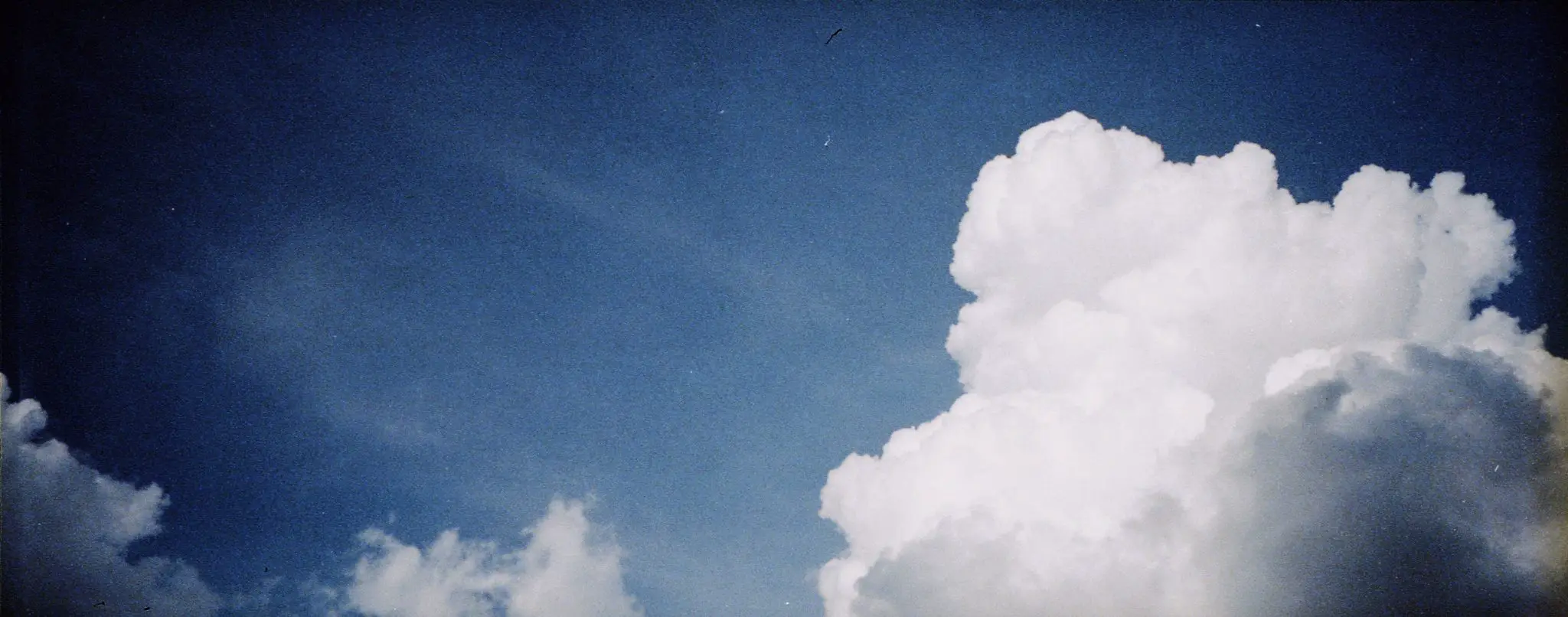
Second, while the Rollei Prego 70 can read DX codes of 50-3200, its effective ISO range is more like 50-400. This is because its max shutter speed is 1/400th of a second, and its tightest aperture is f8.5. I shoot Superia 800, and with those specs, the meter readings in hard daylight are beyond what the camera can technically handle. Color casts and blowouts abound. Shooting a roll of expired Fujicolor 100 gave me the best results, but even then I had a complaint: the flash range is hella stunted. Oy.

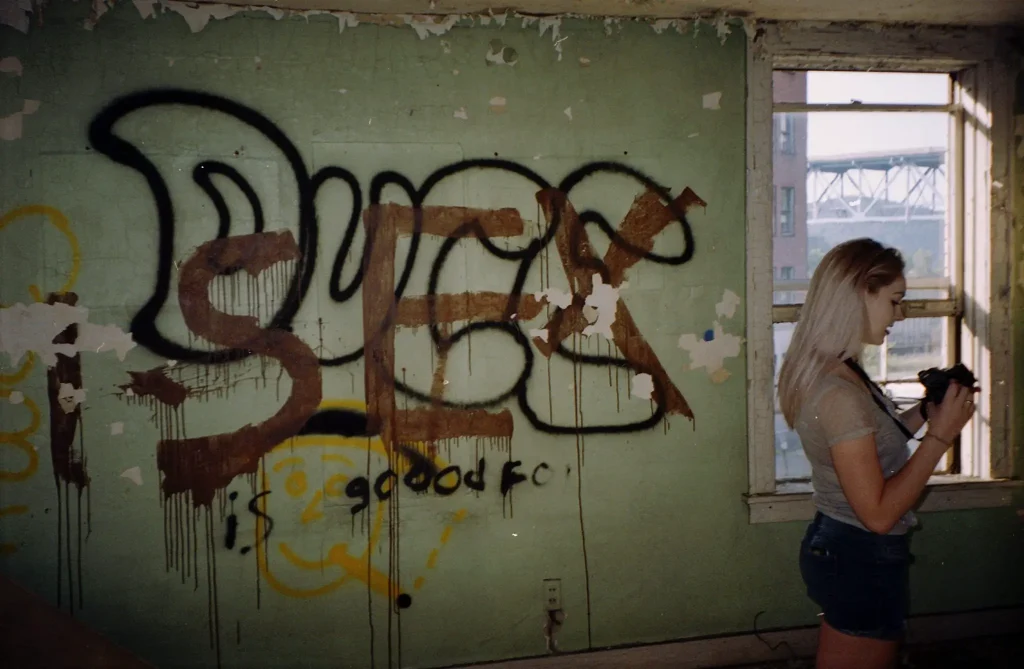
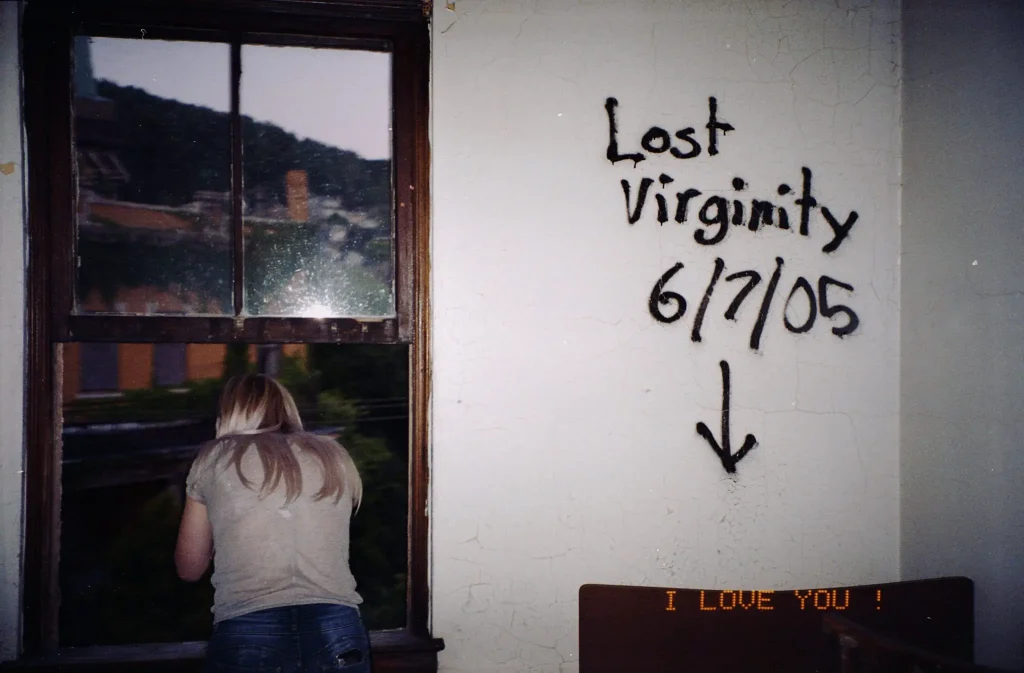
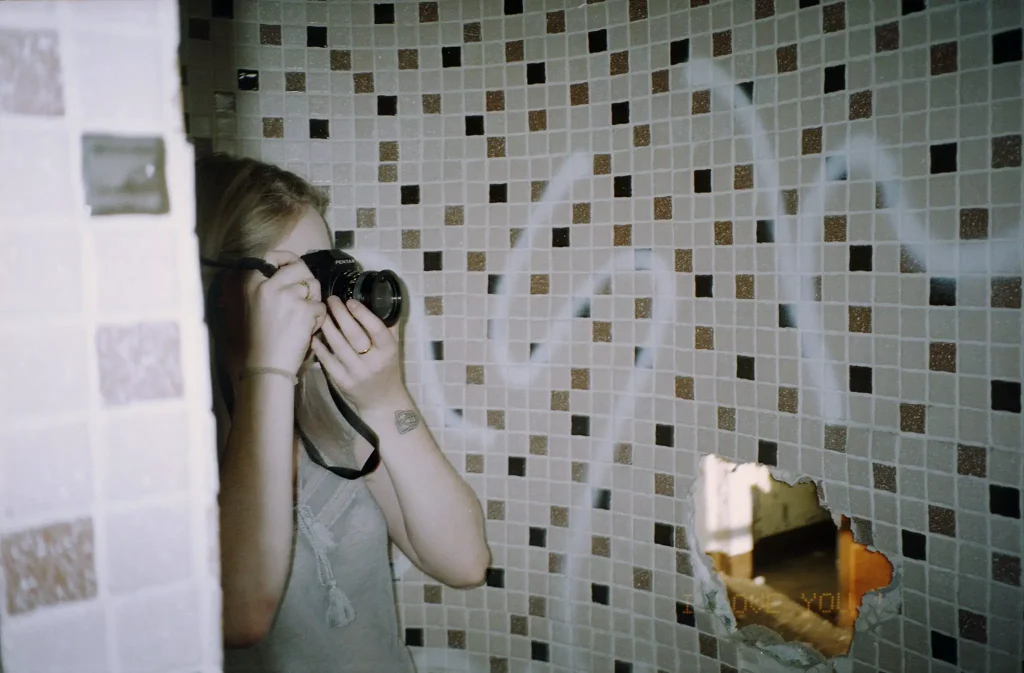

I stopped short of putting a roll of slide through the Rollei Prego 70 – I have other cameras to shoot with! – but I suspect that’s where its calling is at. It’s a confused camera. And it troubles me. It’s too well-made to consign to the void. The single-button ease of its feature interface is dreamy. Literally pocket-size. And come on, it can imprint captions. Captions!
A German lens on a Japanese camera with an idiomatic Italian name, manufactured in China, programmed to say “I love you” in English. Oh you are trouble. Prego.
You can keep up with me on Instagram!
Share this post:
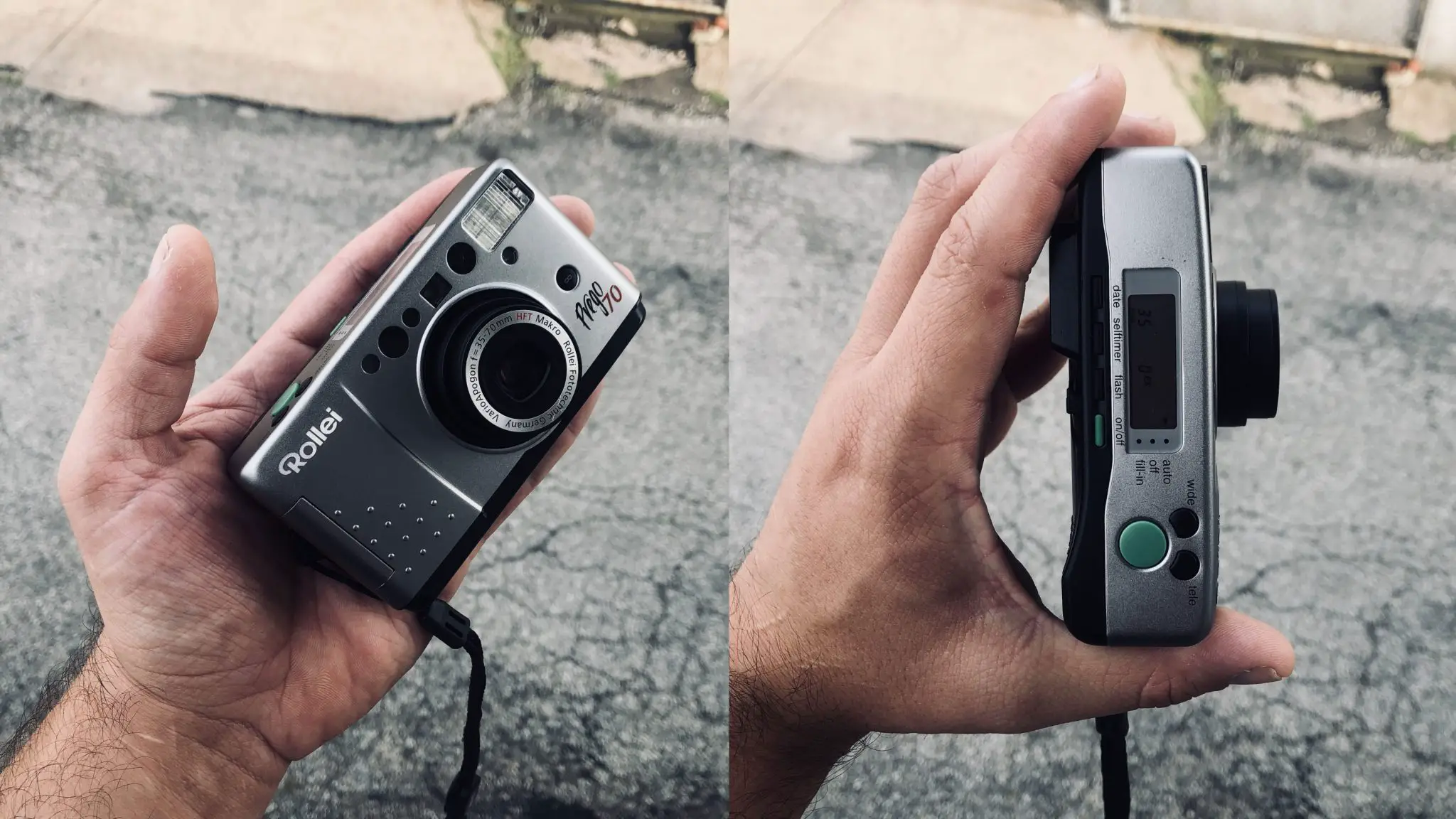








Comments
Dave Tada on Rollei Prego 70 Review: The Trouble With Names – Pedro Trevino’s P&S Journal #3
Comment posted: 23/07/2018
Gordie on Rollei Prego 70 Review: The Trouble With Names – Pedro Trevino’s P&S Journal #3
Comment posted: 18/11/2018
Comment posted: 18/11/2018
Recommended reading : Down the Road on Rollei Prego 70 Review: The Trouble With Names – Pedro Trevino’s P&S Journal #3
Comment posted: 05/03/2020